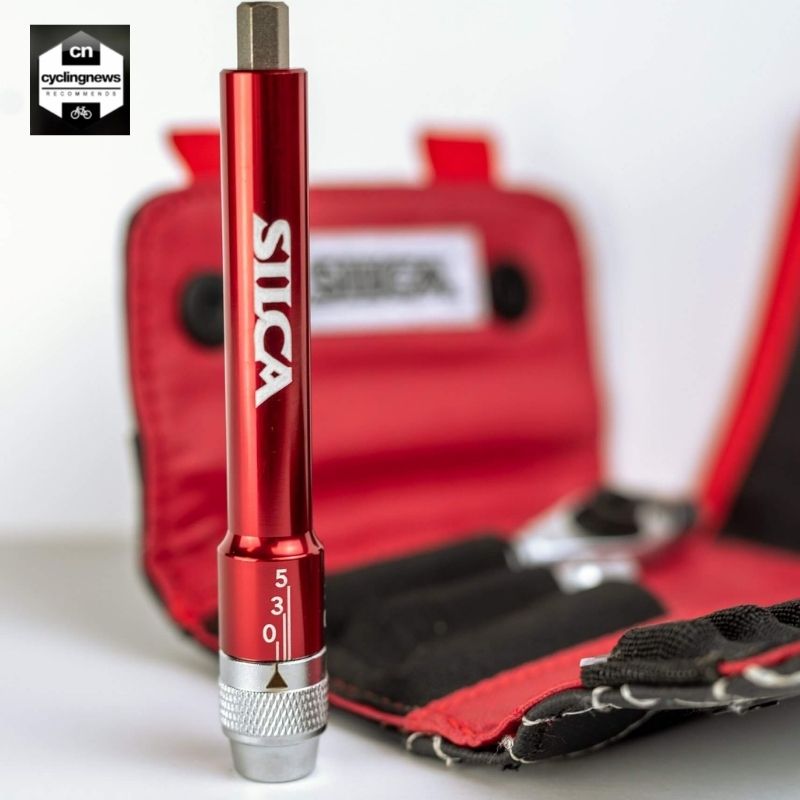My
Pro Bike Tool wrench has been with me for the last 4 years and served me well. The only thing the user of any torque wrench needs to do is to turn the handle back into the neutral position after use to decompress the spring. I don't care whether it is calibrated or not; it is still better than tightening things by the feeling. For instance, pulling the thread on a thru-axle will damage the fork or the frame beyond repair. Or, the axle is tightened too loosely.
I am surprised some Americans here still work by the feeling as I was sure it was a "measuring nation"

It could be WERA (I guess). Wera makes very expensive tools. They now have their manufacturing in the Czech Republic, which is a good thing as the country is famous for precision engineering. Moreover, the Czech have a great sense of humour and open minds, making them so different from the German!
Talking off-topic: I have seen e-bikes from a Czech brand by the name of
Superior. The brand makes just excellent Shimano or Bosch based e-bikes! I could see a Superior e-MTB in person and was impressed!
